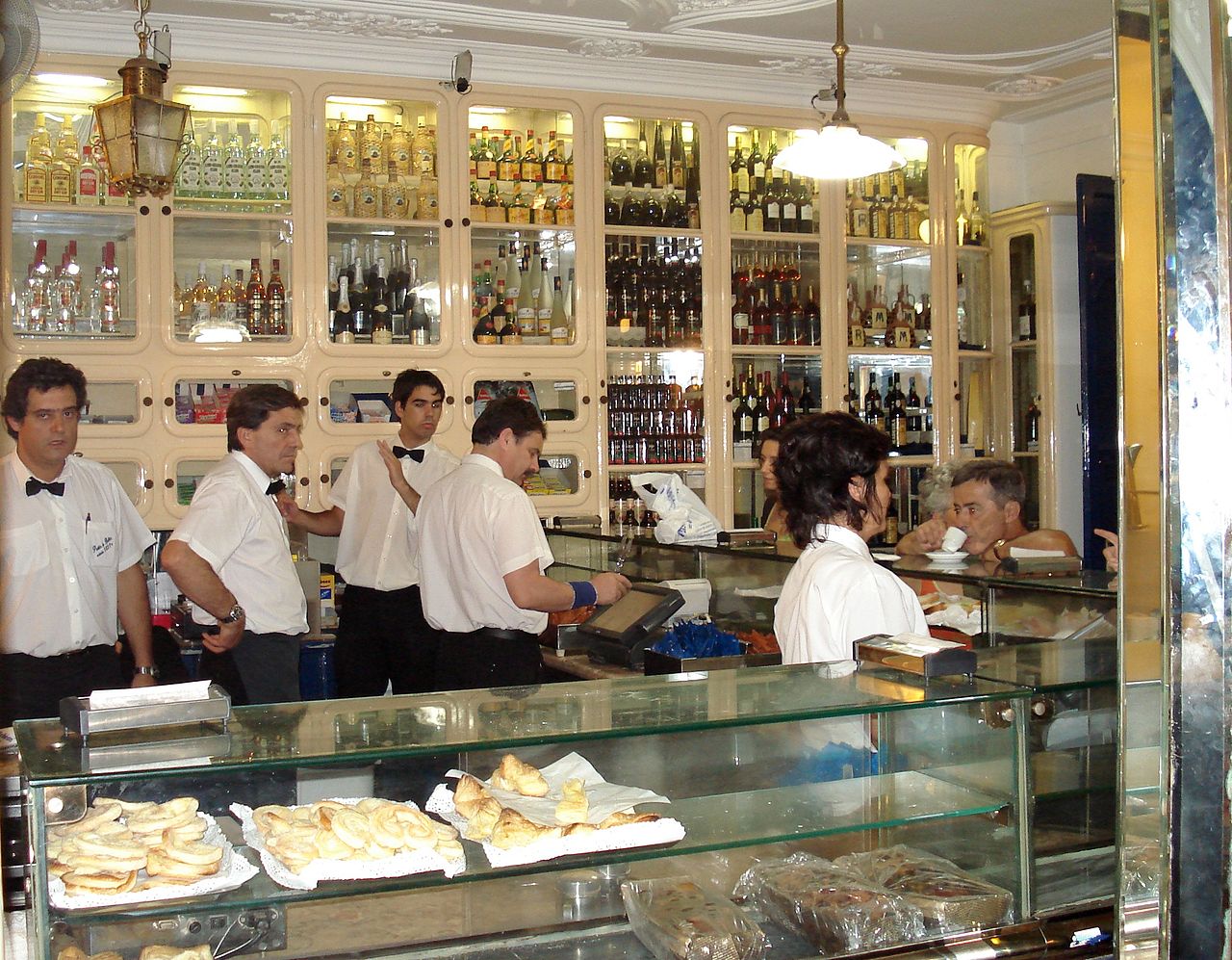Bethlehem are eaten still warm, dusted with cinnamon and powdered sugar.
The Pastel de Belém was elected in 2011 one of the 7 Wonders of Gastronomy of Portugal.

In 1837, in Belém, near Jeronimos Monastery, in an attempt to subsistence, the monastery of the clerics put up for sale some cream puffs. At that time, Bethlehem and Lisbon were two distinct locations with access provided by steamboats. The presence of the Jeronimos Monastery and Belem Tower attracted numerous tourists who helped to spread the pastel de Belém.
Following the liberal revolution of 1820, in 1834 the monastery closed. The convent confectioner decided to sell the recipe to Portuguese businessman from Brazil Domingos Rafael Alves, continuing until today in the possession of his descendants.
Earlier crayons were on sale in a sugar refinery situated near the Jeronimos Monastery. In 1837 they opened the facilities in an annex, then turned into pastry, the "Ancient confectionery Bethlehem." Both the original recipe as the name "Pastel de Belém" are patented.

Crayons factory Belém in Lisbon
present
Cream puffs of one of the numerous specialty pastries in 蛋 挞 in Guangzhou (Canton) China
Currently, in most cafes in Portugal you can buy cream puffs, home-made, but only the original can be called Pastel de Belém.
As a sweet Portuguese, the pastel de nata is also quite common in Brazil. The cream puffs are very popular in China, where they arrived via Macao, the time of the Portuguese presence. In Chinese are called "dan ta" (蛋 挞), meaning "egg pastel". fast food companies included the "dan ta" in its offer desserts, making since the late 90s is possible to taste custard tarts in Asian countries such as Cambodia, Singapore, Malaysia, Hong Kong and Taiwan.

Nenhum comentário:
Postar um comentário